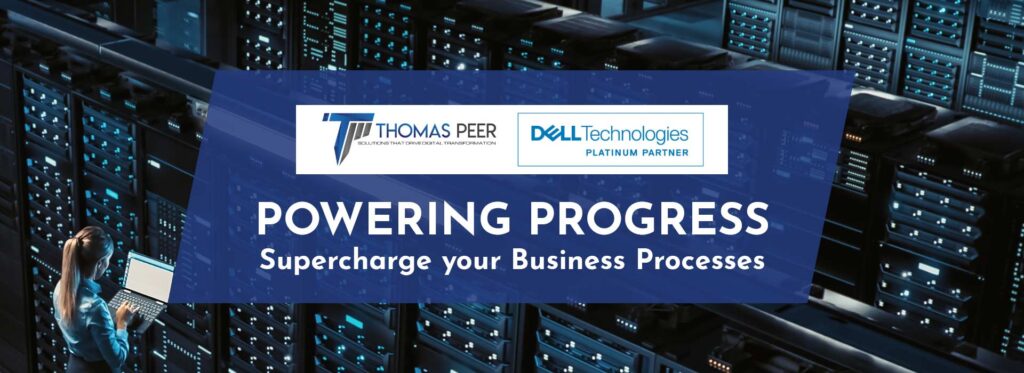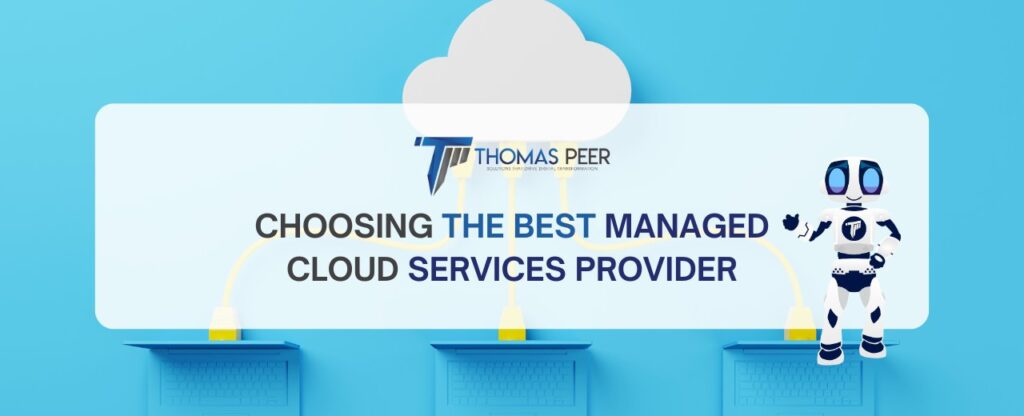In today’s fast-paced digital landscape, businesses are under constant pressure to innovate, scale, and adapt quickly. Traditional IT infrastructure often struggles to meet these demands. That’s where Hyperconverged Infrastructure (HCI) comes in.
What is Hyperconverged Infrastructure (HCI)?
Hyperconverged Infrastructure is a software-defined IT framework that combines compute, storage, and networking into a single, integrated system. By consolidating these components, HCI eliminates the complexity of managing separate servers, storage arrays, and network devices.
Instead of dealing with multiple vendors and siloed systems, businesses can use HCI to manage their infrastructure through a central management interface — often referred to as a “single pane of glass.”
Key Benefits of HCI
1. Simplified Management: HCI provides a unified platform for managing all aspects of your IT environment. IT teams can handle updates, backups, and performance tuning from a single dashboard, reducing operational complexity.
2. Scalability: Adding new resources is as simple as deploying a new HCI node. This modular scalability enables businesses to grow at their own pace without overprovisioning.
3. Cost Efficiency: By consolidating infrastructure and reducing hardware requirements, HCI lowers capital and operational expenses. It also decreases power, cooling, and space needs in the data center.
4. Improved Security: Centralized management reduces the risk of misconfigurations and vulnerabilities. HCI platforms often come with built-in security features, including encryption, backup, and disaster recovery tools.
5. Faster Deployment: Compared to traditional infrastructure, HCI solutions like Dell VxRail can be deployed up to 95% faster. IT teams can spin up virtual machines or add new appliances in just minutes.
Use Cases for HCI
– Remote and Branch Offices: With limited space and IT staff, remote offices benefit greatly from the simplicity and compact nature of HCI systems.
– Virtual Desktop Infrastructure (VDI): HCI makes it easier to deploy and manage virtual desktops with high availability and consistent performance.
– Disaster Recovery: Integrated backup and recovery capabilities ensure business continuity during unexpected events.
– Application Modernization: Support for containerized applications and DevOps workflows makes HCI ideal for modern software development environments.
Why Thomas Peer for HCI?
At Thomas Peer, we understand the evolving needs of modern businesses. Our experts are experienced in deploying and managing HCI solutions that align with your strategic goals. Whether you’re looking to simplify your infrastructure, improve resilience, or accelerate innovation, we can tailor the right HCI solution for your organization.
We partner with industry leaders like Dell Technologies and VMware to deliver cutting-edge solutions like Dell VxRail, a market-leading HCI appliance built specifically for VMware environments.
Final Thoughts
Hyperconverged Infrastructure is more than just a buzzword—it’s a strategic shift that empowers businesses to operate with greater agility, resilience, and efficiency. By embracing HCI, you position your organization to meet current demands while preparing for future growth.
Ready to unlock the benefits of HCI? Contact Thomas Peer to learn how we can support your digital transformation.




